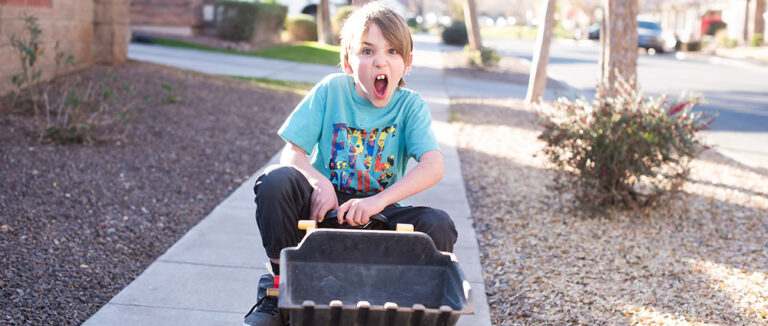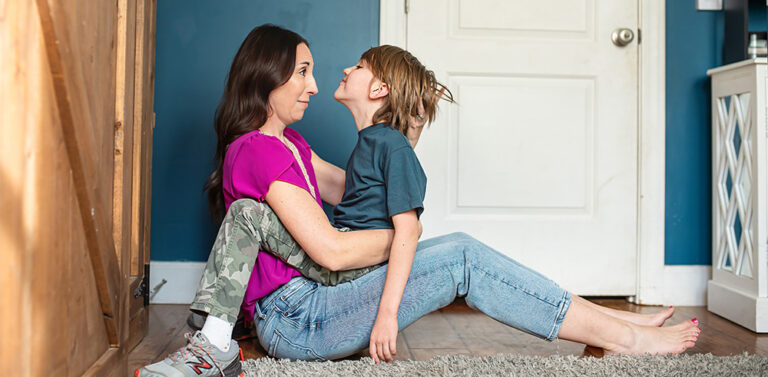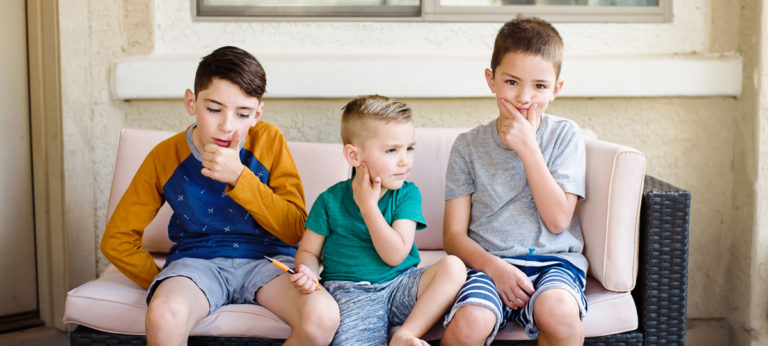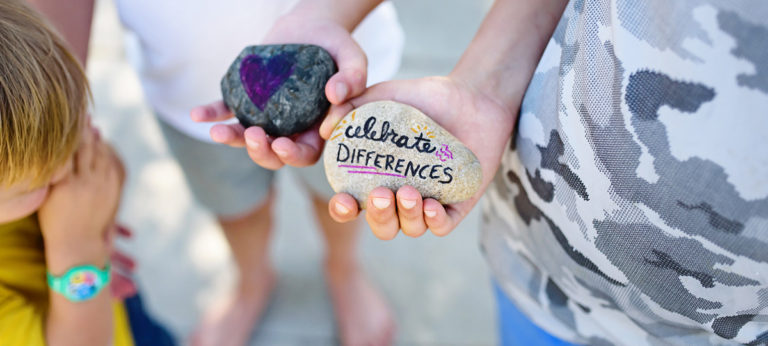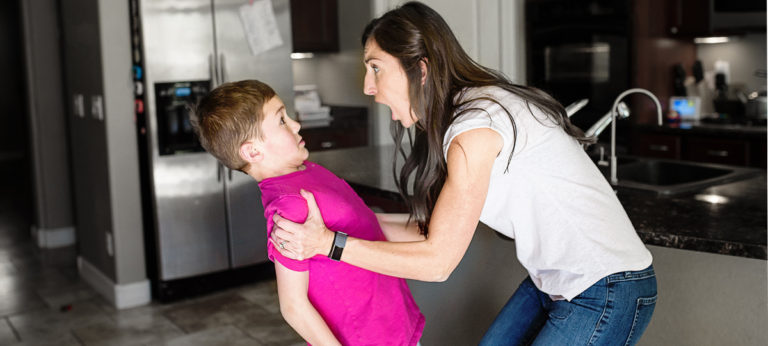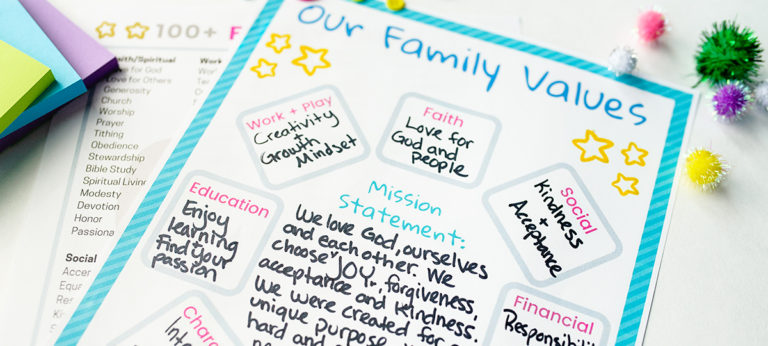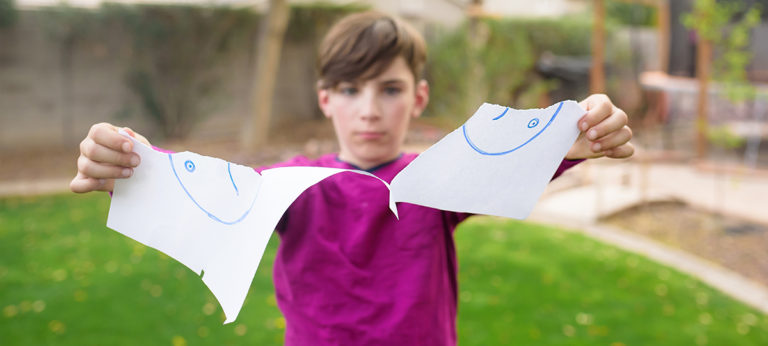9 Eye-Opening Reasons Why You Should Stop Yelling at Kids
Yelling at kids might feel like the only option in the heat of the moment, but it rarely leads to the results we actually want. Learn the reasons you should stop yelling and what to do instead.



